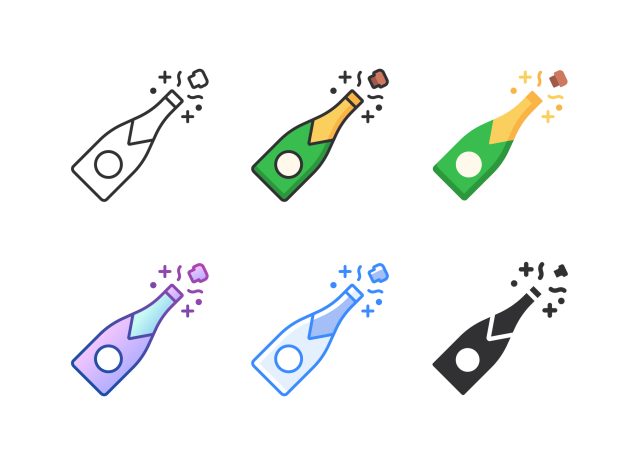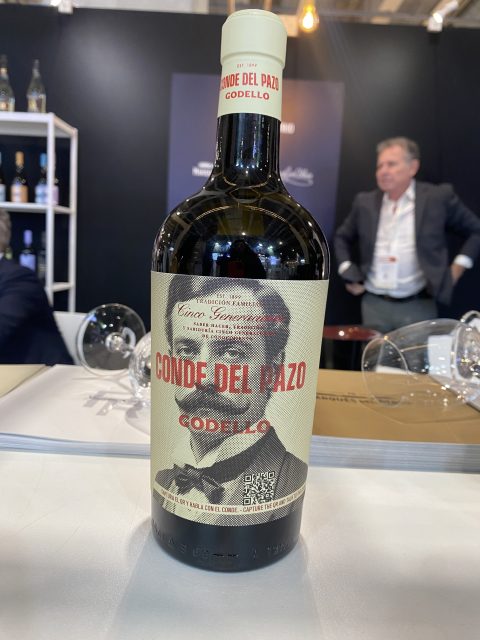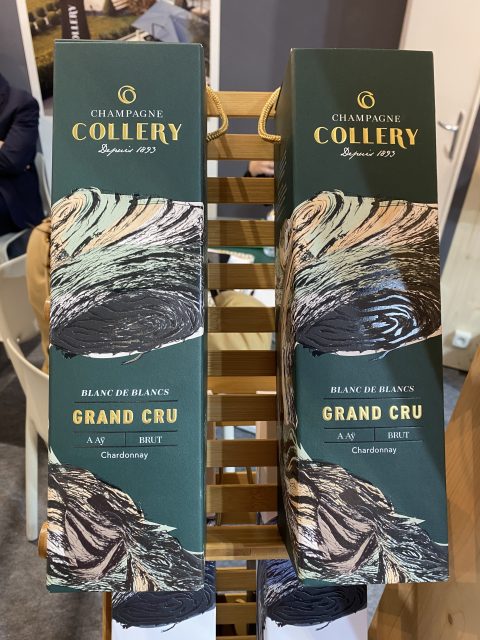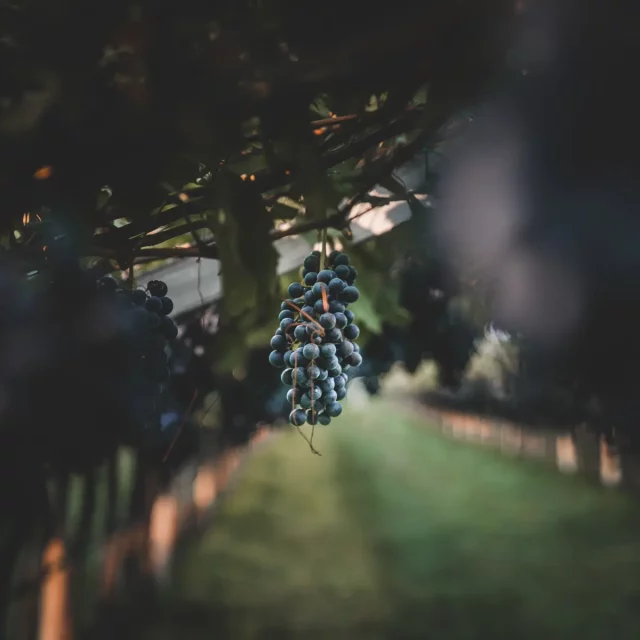This website uses cookies so that we can provide you with the best user experience possible. Cookie information is stored in your browser and performs functions such as recognising you when you return to our website and helping our team to understand which sections of the website you find most interesting and useful.
Wine Paris & Vinexpo Paris: the trends to watch
After three days at the French fair, Eloise Feilden breaks down some of the biggest and most exciting trends across all areas of the wine industry.

Artificial Intelligence
AI was all over the fair this year, or, should I say, the industry was all over AI. Three industry talks were dedicated specifically to the subject, covering topics including the use of generative AI in wine marketing, how AI is disrupting the bar and spirits scene, and a consideration of whether AI can be a ‘jack of all trades’ for hospitality.
Thomas Fournier, chief digital officer at Hopscotch Sopexa, hosted one of these sessions, taking a deep dive into how AI can be a useful tool for businesses.
He cited BarGPT, an app which used AI to create visuals and recipes for new cocktails, as a tool which will likely be used more and more by on-trade venues. AI also offers the ability to design events and the bar itself, too, arguably making innovative design more accessible.
But on the other side of the coin, could this be the death of creativity in bar design? If the use of AI to design these spaces becomes commonplace, do we put individuality and creative flare at risk?
Fournier said he isn’t worried. “Tools will be tools,” he shrugs. “A hammer has no talent.”
“You will be replaced by a robot the day you don’t behave like a human,” he went on to say.
Creativity still has a place with AI, he said, and the more specific you can be when using the tool the better.
“Craft your prompt and make sure it’s very personal,” he said. Fournier suggested using a three-step approach to developing prompts. First, give the AI a role. Then add some background context to help it understand the specificity of what you’re after. Only then should you give the AI a task.
“Tools are meant to expand your creativity,” Fournier added. “Like new colours on a painter’s palette.”
It’s about what you give to the machine that counts — “Everyone has access to the same tool,” he said, but learning how to use it in order to get the most out of it still requires creative people.

Artificial intelligence is also becoming more commonplace among producers looking to use more innovative marketing tactics. Spanish producer Marqués del Atrio has integrated AI into its new Conde del Pazo wine. The label itself is printed with a QR code. Once scanned, the count whose portrait is on the label is made to look like he is speaking directly to you.
The technology is available in Spanish and English, and Marqués del Atrio is hoping to expand to other languages in due course.
Packaging: More is more
Bucking the trend for stripped-back, eco-focused design, Champagne Collery has for the first time increased the amount of packaging for its Grand Cru Cuvées this year.
Champagne Collery’s Blanc de Blancs retails for £59 in the UK, and Romain Levecque, director of the maison, said that at that price, consumers won’t accept a plain bottle. Made with 80% recycled cardboard, it doesn’t stray far from the sustainability trend. It also has a string cord attached to it so it can be easily carried, eradicating the need for a plastic bag.

Levecque said the decision was very much consumer led, in that they want to be sustainable while also buying based on pretty packaging.
“They want everything and the opposite,” he said. And it’s not just when it comes to packaging – even when it comes to wine, consumers want a “super tasty rose”, he argued, but want it be “as pale as a white wine”.
Champagne Collery is therefore meeting consumers in the middle. The new boxes have been designed for retail shelves and travel retail, but won’t be used for wines making their way into the on-trade. The new design for its Grand Cru range is available in the UK via Majestic, and is launching in Sweden, France and European travel retail.
Going native
Italy has no shortage of grape varieties, with many regions having a number of unique indigenous grapes, and producers are shining a light on their lesser-known but unique offerings.
Mezzacorona, in Trentino, is benefitting from the trend. Barbara Darra, global marketing manager for Gruppo Mezzacorona, says it is the group’s “duty” to make Teroldego — a black grape indigenous to Trentino — famous on a global scale.

Alto Adige, the region in northern Italy, was exhibiting at Wine Paris for the first time. Director Eduard Bernhart told db that the region is lucky to have so many native varieties. Alto Adige has just 5,700ha under vine, but at least 15 different indigenous and international varieties. Its power is this diversity, offering a wide range of styles and grapes which can pair with so many different cuisines from around the world.
Indigenous grapes give a region its identity, Bernhart said. However, international grapes play an important role too, as it means the wines from Alto Adige are constantly in dialogue with those from other regions around the world also producing Pinot Noir, for example.
Colour wars
It’s now common knowledge that global wine consumption is on a downward trend. Consumers, particularly in Europe, have more categories to choose from, and younger people are drinking less in general.
Within the wine category though, red wine is taking the biggest hit. Giorgio Del Rosso, head of statistics for the International Organisation of Vine and Wine (OIV) presented the findings of the organisation’s latest study into production and consumption by colour, revealing white wine’s growing power within the category.
White wine came out on top particularly thanks to the growing interest in bubbles. Del Rosso said the “de-seasonalisation” of sparkling wine, meaning it is no longer only consumed on special occasions, is to thank for growing consumption. Two thirds of the increase in white wine production comes from sparkling wine, the OIV research revealed.


